WAR GRAVE
JOHN HENRY GREEN (grave 29)
SERGEANT
83 SQUADRON
ABOUT MY LIFE
Born: 1920
Died: 3rd November 1940
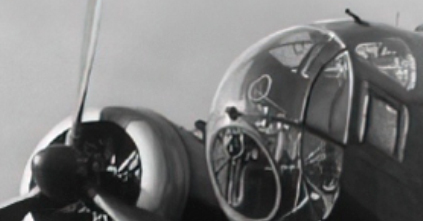
Very little is known about my life, except that I was a sergeant Wireless Operator and Air Gunner on 83 Squadron at Scampton.
My Service number was 639031.
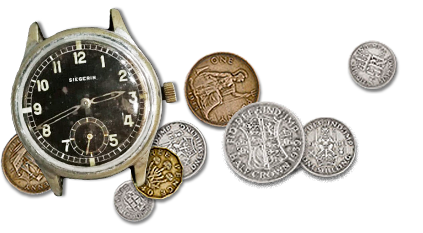
MY AIRCRAFT
On this day, I was flying Hampden X2978 of 83 Squadron, this aircraft would have carried the squadron code OL on its fuselage and the individual aircraft code X.
The Hampden was a medium bomber with a crew of 4. Pilot, Navigator, Wireless Operator/gunner and a further gunner. Although it was a vast improvement on the biplanes 83 Squadron had been flying just before the war opened, in reality it was already obsolete. Early daylight raids had been a disaster, the bomber was too slow to evade German fighters and its guns were no match for the Germans either. The distinctive fuselage, designed to give the aircraft a sleek, aerodynamic profile, led to the Hampden earning its nickname of “The Flying suitcase”.
Crew: 4
Span: 21.09 m
Length: 16.32 m
Height: 4.37 m
Wing area: 63.90 m²
Empty weight: 5,344 kg
Loaded weight: 8,508 kg
Engine: 2 x Bristol Pegasus XVIII 9-cylinder radial engines
Engine power: 980hp each
Maximum speed: 410 km/h
Rate of climb: 5.00 m/s
Range normal: 1,095 km
4 or 6 x 7.7mm Vickers K machine guns (1 flexible, 1 nose, 1 or 2 dorsal, 1 or 2 ventral)
1,814kg of bombs/mines or 1 x 18in torpedo
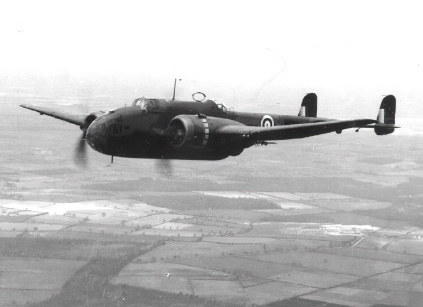
MY ROLE
I was the wireless operator on this aircraft. My job was to stay in communication with base, receive updates on things like the changing weather and to send distress messages if needed. When not on the radio, I operated the upper dorsal machine gun to defend against German fighters.
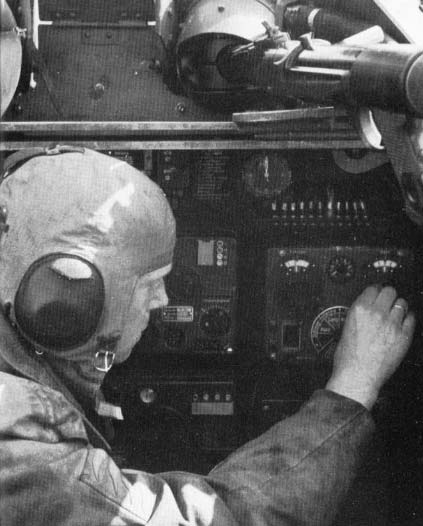
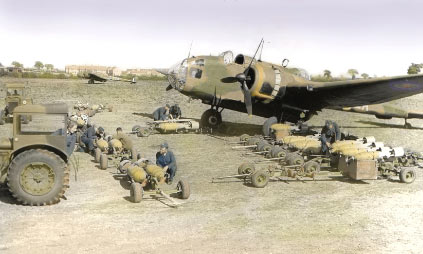
MY SQUADRON
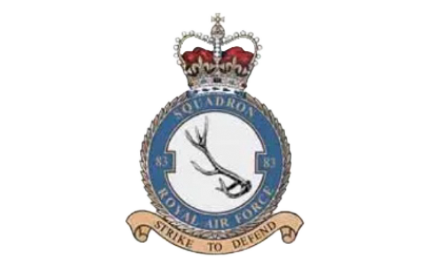
Motto: Strike to Defend
83 Squadron was formed at Montrose on 7th January 1917 as a night bomber squadron. Moving to France in March 1918, the squadron saw action on the western Front and took part in operations to counter the German’s Spring Offensive. Following the end of the war, the Squadron was disbanded on 31 December 1919.
With the threat of war once again looming over Europe, 83 squadron was reformed at RAF Turnhouse on 4th August 1936, flying the Hawker Hind biplane. In March 1938, the squadron re-equipped with Handley Page Hampdens at RAF Scampton.
In the summer of 1940, the Squadron received one of Scampton’s three Victoria Crosses due to the heroic actions of Flight Sergeant John Hannah in putting out the fire on a battle damaged Hampden.
In December 1941, the squadron re-equipped with the infamous Avro Manchester, but the poor reliability of this aircraft led to them quickly being re-equipped with the legendary Avro Lancaster, with which the squadron fought the rest of the war. In August 1942, the squadron became a pathfinder unit, leading large bomber formations to their targets and laying target indicator flares so they could be more accurately hit.
After the war, they flew Avro Lincolns and Avro Vulcans, before being disbanded in 1969.
THE ACCIDENT
As well as sending 6 aircraft to attack the dockyards in Kiel, Germany, 83 Squadron sent up two training flights which were to crash within minutes of each other. The first to crash was Sergeant Garwell’s Hampden, which clipped some trees and crashed near Lincoln. Luckily, all the crew survived.
Just 30 minutes later, my aircraft Hampden X2978 crashed at Laneham near Retford. As well as a training flight, this was an air-test for the aircraft. Following routine servicing, an aircraft would be tested in the air by a pilot, to confirm all the maintenance was satisfactory and the aircraft fit for operations.
It is not known why my aircraft crashed.
CASUALTIES – 3RD NOVEMBER 1940
Sergeant Basil Edward Redgrove (Pilot) (Buried Scampton) MORE
Sergeant John Henry Green (Wireless Op) (Buried Scampton)
Aircraftman Robert Rankin McHarry Rowland (St Helen’s Cemetery)
ON THIS DAY IN WORLD WAR TWO – 3RD NOVEMBER 1940
An RAF bomber squadron arrives in Greece to help them fight the Italians.
Greek forces surround the Italian base at Kortisa.
German Submarine U99 Sinks the British armed merchant cruisers Laurentic and Patroclus in the North West Approaches.
Where Next
Visit Robert Rowland’s grave in St Helen’s Cemetery, Section 35, Grave 687, St Helen’s Cemetery, Rainford Rd, Saint Helens. WA10 6DF
